Molecular Recognition Mechanisms of Meningococci: Identifying Receptor-Ligand Pairs Involved in Microbe-Host Interactions
互联网
互联网
相关产品推荐
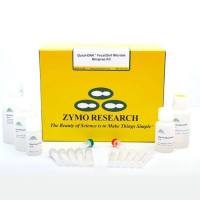
Quick-DNA Fecal/Soil Microbe Miniprep Kit(粪便DNA提取试剂盒)
询价
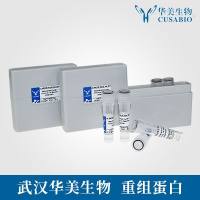
Recombinant-Hordeum-vulgare-High-molecular-mass-early-light-inducible-protein-HV58-chloroplasticHigh molecular mass early light-inducible protein HV58, chloroplastic; ELIP
¥10556
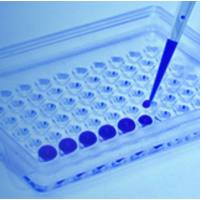
Pichia Yeast host cell protein (HCP) Residue ELISA Kit 毕赤酵母细胞宿主蛋白(HCP)残留酶联免疫试剂盒
¥5300
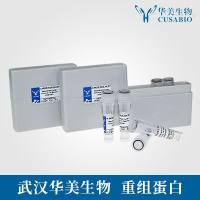
Recombinant-Saccharomyces-cerevisiae-3-hydroxyacyl-CoA-dehydratase-PHS1PHS13-hydroxyacyl-CoA dehydratase PHS1; HACD EC= 4.2.1.- Alternative name(s): PTPLA homolog involved in sphingolipid biosynthesis protein 1
¥10710
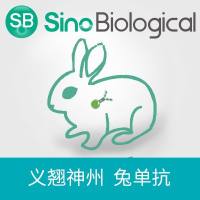
LDLR / LDL Receptor 兔单抗 (PE)
¥1100
相关问答

